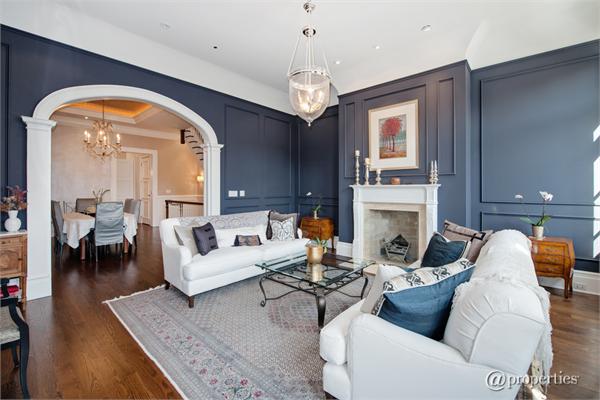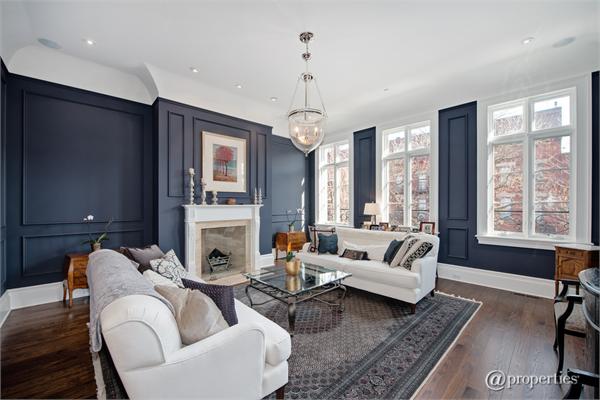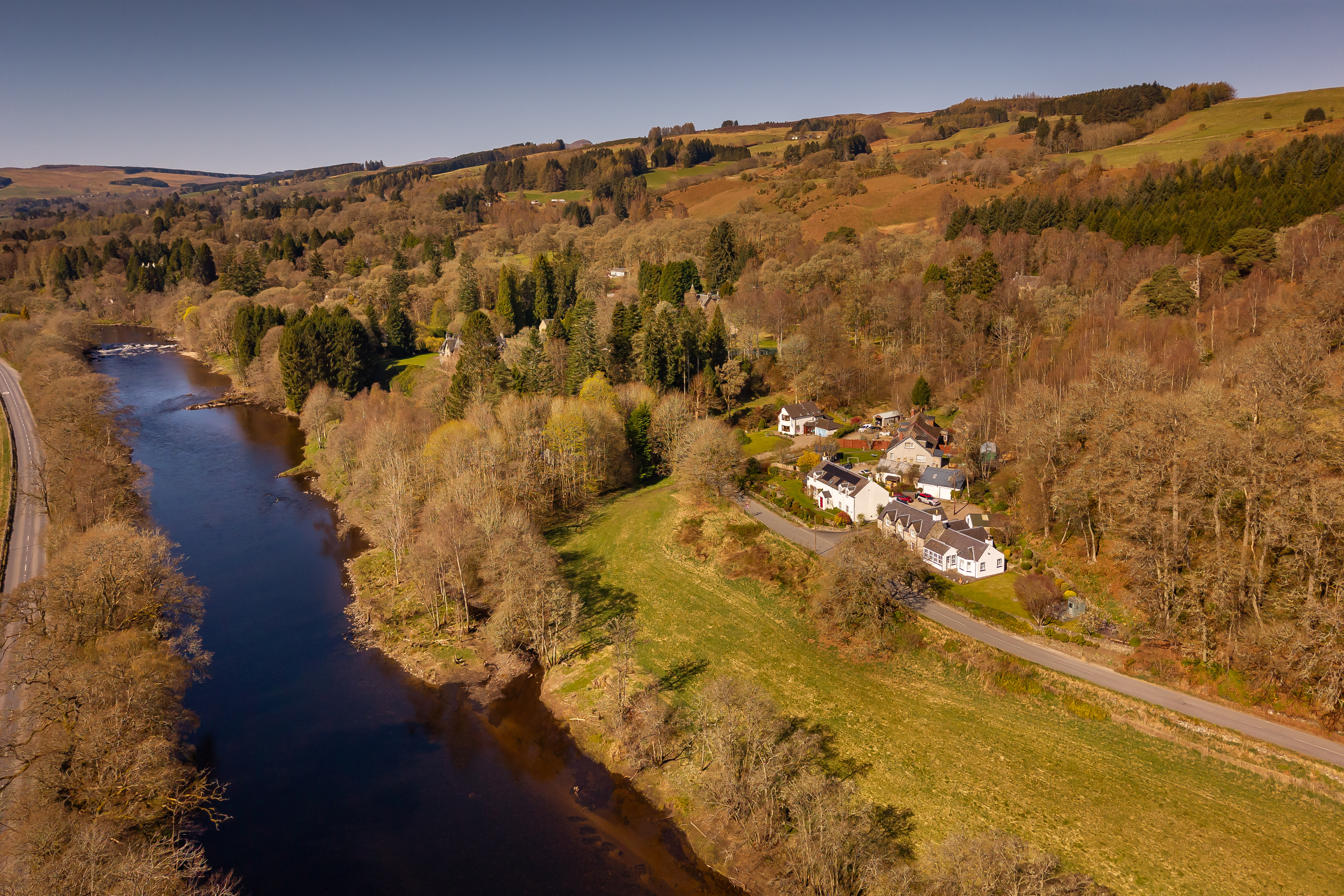A remarkable sanctuary for wildlife
Restoring these woodland and water gardens have brought wildlife back in force


Hoveton Hall lies on the edge of the Norfolk Broads, just north of Wroxham, a village known to generations of travellers, whether by water or road, because of the frustratingly narrow bottleneck of its bridge across the River Bure.
The hall is a house whose interesting history is matched by that of its gardens. Built of gault brick under a slate roof, its design is attributed to Humphry Repton and his son, John Adey Repton, who were commissioned in 1809 by Chistobella Burroughes to design a new house for her family and to advise on suitable planting around it. It seems probable that the impressive oaks in the woodland, which are certainly about 200 years old, are survivors from Repton's suggestions. Unfortunately, however, only one drawing of the hall by him survives, so it's impossible to know exactly what suggestions he made about the landscape or how detailed they were.
The present owners, Harry and Rachel Buxton, have a family connection with the estate going back almost a century, as Geoffrey Buxton bought the estate in 1919. In the mere decade of his ownership, he had a major impact on the gardens, transforming many acres of stream-filled woodland by planting thousands of rhododendrons in more than 250 different varieties, supplied by the famous Waterers Nurseries.
After his death in 1929, the estate passed out of the family for a time, eventually being bought back in 1946 by Harry Buxton's grandfather. All of the gardens lie to the west of the hall and cover perhaps 15 acres when the two lakes are included-a long, thin, 18th-century one and the smaller Kidney Lake, made in the 1920s by Geoffrey Buxton. Much of the acreage is devoted to the woodland and water gardens, where head gardener Stewart Wright's challenges have been to revive the style originally intended, while also changing management routines to encourage wildlife.
Enormous amounts of felling and pruning have re-established long-lost vistas and even paths long thought lost. Banks of rhododendrons roll out beside the back drive as it passes through the water garden, with multi-coloured Kurume azaleas, then taller rhododendron hybrids and, finally, tree-sized species rising up into the woodland canopy. And in the relatively small, roughly circular area known as the Magnolia Garden, dominated at the centre by a large Magnolia x soulangeana, spring is also celebrated by other magnolias, camellias and rhododendrons, with hydrangeas, acers and enkianthus carrying interest through summer into autumn.
Felling and pruning have been even more necessary in the many acres of the actual water garden, which takes advantage of a natural watercourse running into the long, thin lake. It's partly because Hoveton is so close to the Broads that, in Dr Wright's wry phrase: ‘It's a garden made where Nature intended there to be a reed bed!' Returning it gradually to its 1920s appearance involves weeks of work each winter.
His changes in management routines are most evident at the water garden's lower levels, where the wild flora is allowed to flourish and selected suitable exotics-which include eupatoriums, crocosmias, hemerocallis, astilbes, hostas, veratrums and ferns grow in patches. ‘In this sort of area, I don't see the point in digging out brambles,' advises Dr Wright. ‘You only leave a bare patch, so we just cut them back when they become a nuisance. I prefer to go with Nature rather than against it. After all, Nature always wins in the end.'
Sign up for the Country Life Newsletter
Exquisite houses, the beauty of Nature, and how to get the most from your life, straight to your inbox.

The management of the actual water has been changed in the same sort of way. No attempt is made now to keep all the watercourses clear of encroaching plants, the rationale being that the vegetation acts as a filter, removing fertilisers washed down from neighbouring fields before they reach the lake. And, of course, it also encourages wildlife. So now, ‘we just clear one section at a time, but work through the whole system over several years'.
In complete contrast to the woodland and water gardens is the more labour-intensive pair of adjoining walled gardens, neatly tucked away on the far side of the back drive. One of them, only completely walled in the 1930s (and since then known as the Spider Garden, due to the web design of its iron entrance gate, made at that time by local craftsman Eric Stevenson), has always been ornamental. Its outer borders feature a collection of daffodils and the central borders provide colour throughout the season, from peony time onwards, ending with Dr Wright's extensive collection of salvias from late summer to the first frosts.
The adjacent Victorian kitchen garden, split into three sections, has only the far section still devoted to vegetables and soft fruit. Its weathered-brick walls, however, continue to hold their impressive array of mature fruit trees-pears, plums, figs, nectarines, apricots-all neatly fan-trained. The centrepiece of the first section is a simple knot garden of hedge germander. The middle section is, in Dr Wright's phrase, ‘a riot of colour, where anything goes', albeit with the emphasis on insect feeding nectar plants.
The combined management of the formal walled areas, coupled with a sensitive approach to the wood and water gardens, have ensured that Hoveton is very much on the map of local flora and fauna.
The gardens at Hoveton Hall, Hoveton, Norfolk, are open over the Easter weekend and from May 11 to June 15, except Saturdays, 10.30am-5pm (plus Bank Holiday Mondays). For more details, telephone 01603 784297 or visit www.hovetonhallestate.co.uk
* Subscribe to Country Life and save
* Follow Country Life magazine on Twitter
Country Life is unlike any other magazine: the only glossy weekly on the newsstand and the only magazine that has been guest-edited by HRH The King not once, but twice. It is a celebration of modern rural life and all its diverse joys and pleasures — that was first published in Queen Victoria's Diamond Jubilee year. Our eclectic mixture of witty and informative content — from the most up-to-date property news and commentary and a coveted glimpse inside some of the UK's best houses and gardens, to gardening, the arts and interior design, written by experts in their field — still cannot be found in print or online, anywhere else.
-
 Vertigo at Victoria Falls, a sunset surrounded by lions and swimming in the Nile: A journey from Cape Town to Cairo
Vertigo at Victoria Falls, a sunset surrounded by lions and swimming in the Nile: A journey from Cape Town to CairoWhy do we travel and who inspires us to do so? Chris Wallace went in search of answers on his own epic journey the length of Africa.
By Christopher Wallace
-
 A gorgeous Scottish cottage with contemporary interiors on the bonny banks of the River Tay
A gorgeous Scottish cottage with contemporary interiors on the bonny banks of the River TayCarnliath on the edge of Strathtay is a delightful family home set in sensational scenery.
By James Fisher